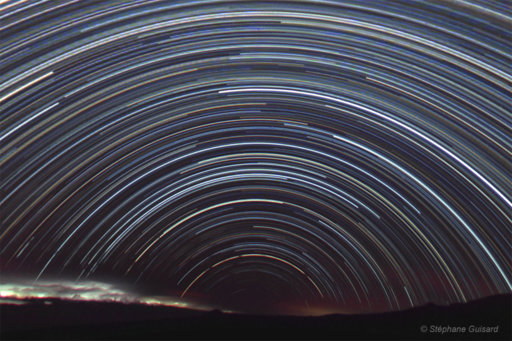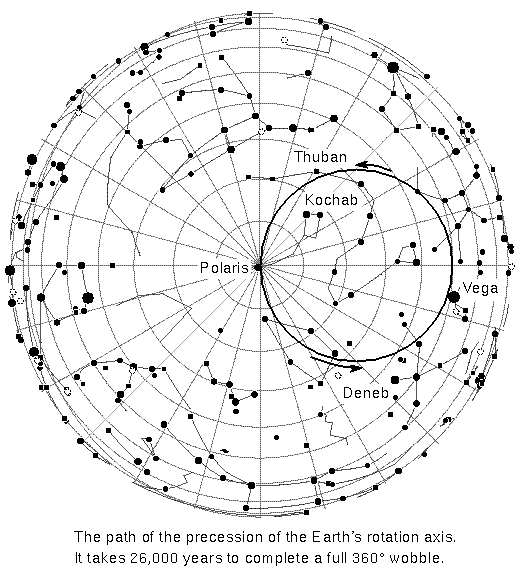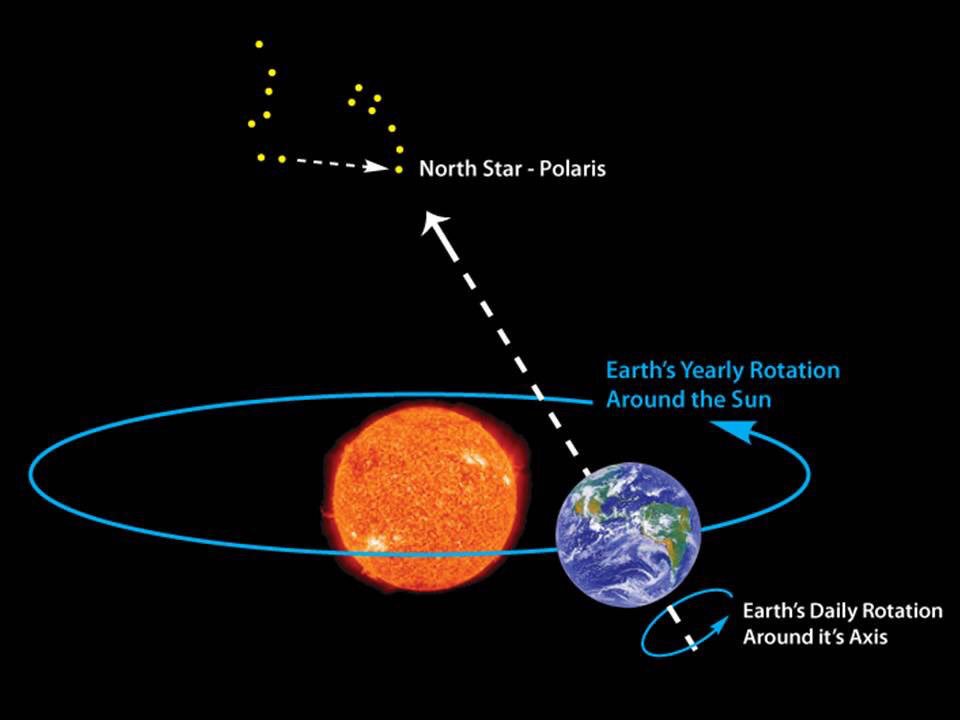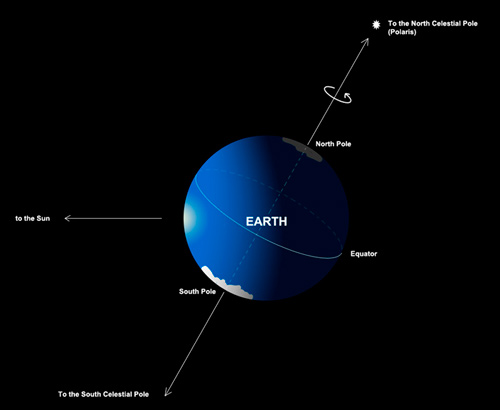The thing with Polaris I wonder is how can I take timelapse with it being stationary from europe? If stars are spinning this makes sense, but if earth is spinning even tho camera is on a tripod it should be changing angles all the time. Stationary polaris timelapse makes sense to me personally only to be taken from the very north pole. I know the argument that polaris is very far away and thats why it's possible to do this.. but I don't buy this.. because earth spin changes the angles drastically and that movement of earth should be detected in a way that stationary polaris appears to be moving as angles change.. polaris should be all over the place if camera is the one thats moving.
I might be wrong but thats how I see it.
Polaris appears (almost) stationary because it is very close to the celestial north pole. And that is what makes it unique: it is the one point at which viewpoints converge, from all around the (northern half of the) globe, because it corresponds to the axis of rotation. In the northern hemisphere, if you point a camera northwards and angle it upwards at the same angle as your latitude, it will always point to the same spot in the sky. That's what the celestial north pole *is*! Get yourself a globe and you can confirm this for yourself - however the globe rotates, the camera will always be pointing "straight up" in this set-up. In other words, the camera direction is parallel no matter where in the northern hemisphere it is, or where in the rotation.
Last edited:




